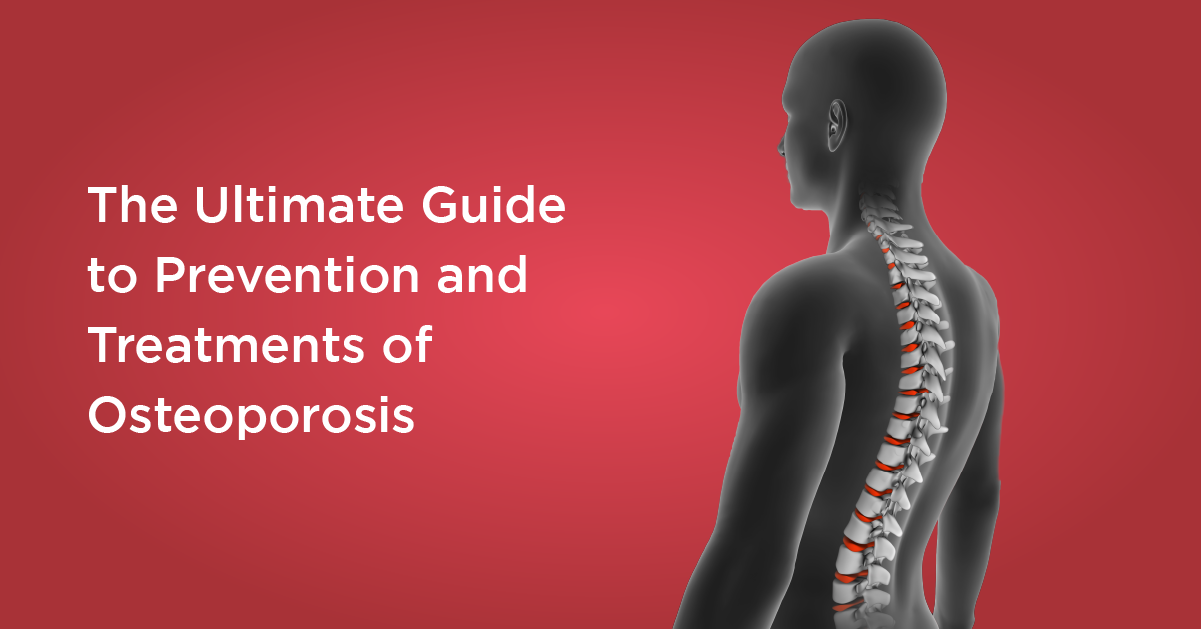The Ultimate Guide to Prevention and Treatment of Osteoporosis

Osteoporosis is a disease that weakens bones, and if you have it, you are at a greater risk for sudden and unexpected bone fractures. It also increases the risk of fractures in the spine, wrists, and hips. Osteoporosis means that you have less bone mass and strength. This happens when the bone density becomes so low that it causes damage to surrounding tissues including organs which can result in pain, deformities, loss of independence, increased risk for falls, and bone fractures.
Symptoms
There are no symptoms of the disease itself that is why it is called the ‘silent thief.
Types of Osteoporosis
There are two main types of osteoporosis – postmenopausal and senile. Postmenopausal is the most common type, mostly affecting women after they’ve gone through menopause. Senile usually occurs in men after the age of 75.
Risk Factors for Osteoporosis
Osteoporosis is a condition that causes the bones to become porous and fragile, making them more likely to break. Risk factors for osteoporosis include being over 50 years old, being of Caucasian descent, having no prior history of fractures, being female, obesity, chronic kidney disease, thyroid disease, excessive alcohol consumption, low levels of calcium in the blood, or vitamin D deficiency.
Diagnosis of Osteoporosis
As there are no clear signs of osteoporosis, it is hard to determine if you may be at risk of developing the condition. Your doctor will take into consideration any health issues you may have had in the past, your family history, and lifestyle factors when determining your risk for this condition.
Among the different ways to determine if you have the condition, an x-ray is the most common, but it can also be done with a bone densitometry test. A doctor will also do blood tests for calcium levels, PTH levels, and alkaline phosphatase levels.
Treatment
In most cases, osteoporosis can be prevented. The most effective measures for preventing osteoporosis include good nutrition and a liberal intake of calcium and vitamin D throughout life, particularly in the early postmenopausal years. Moderate, regular physical activity, especially weight-bearing exercises such as walking, running, and weightlifting, also protects against bone loss.
Along with a healthy diet and exercise, you can treat osteoporosis with medicines that help your bones to stay as strong as possible.
Request a call back


 Call-an-Ambulance
Call-an-Ambulance



